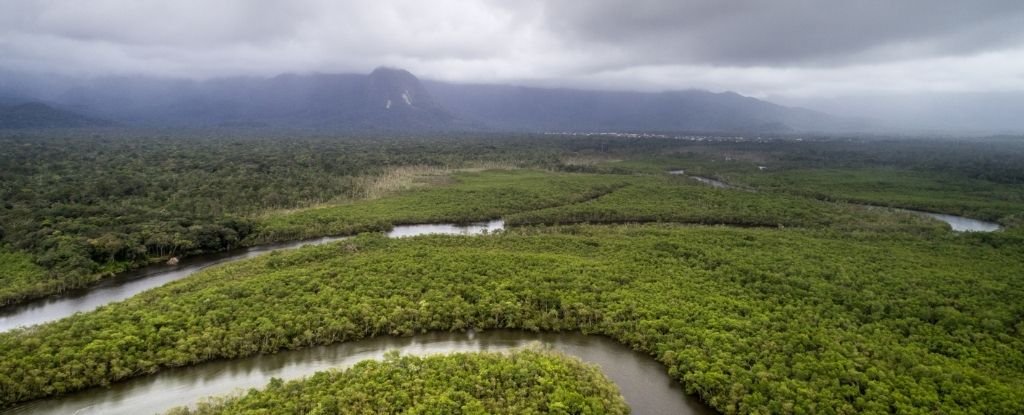
The Amazon rainforest will see a lot less rainfall in the next century.Research has shown that even if deforestation is stopped completely, a global increase in carbon dioxide could still threaten the climate above the largest tropical rainforest on the planet.New simulations show that a 50% increase in global CO2 emissions could reduce the Amazon's rainfall by as much as if the whole forest were torn down and replaced with pastures.These are extreme situations, but they do show what can happen if we don't change our behavior."To our surprise just the physiological effect [CO 2 ] on leaves of the forest would produce an annual fall of 12 per cent in the amount of rainfall [252 millimeters more per year], while total deforestation will lead to a drop of 9 percent [183mm]," said David Montenegro Lapola, an ecologist from the University of Campinas in Brazil.These numbers are much higher than the natural variation of precipitation between years, which is 5%.It seems that deforestation, CO2 emissions, and reduced Amazon moisture are causing a decrease in the Amazon's water content, though in slightly different ways.Deforestation can lead to fewer leaves which, on the one hand, are the main source of gas exchange during photosynthesis. A leaf that opens its pores or stomata in order to 'breathe-in' CO2 and 'breathe away' oxygen releases water vapor into it.This eventually leads to clouds above trees and the rain that comes from them. There will be less moisture in air if there are fewer trees.Different effects can be seen for CO2 concentrations. The stomata stay open for shorter periods of time as the greenhouse gas concentration increases. They also emit less vapor into atmosphere, which results in a reduction of cloud cover and precipitation.These results are consistent with prior research that also showed that a rise of CO2 would decrease rainfall in tropical South America's forest ecosystems (and increase rainfall on forests on other continents).This study has also shown that the Amazon is more vulnerable to rising CO2 than forests in Asia and Africa. If the Amazon produces less water vapour, water vapor from Atlantic Ocean has fewer clouds to join with. This means that all that moisture could blow over the forests to the Andes.These regions are getting more rain than ever before but the South American tropical rainforests could dry up. Researchers believe that if there is less moisture in the air, it may lead to higher temperatures.These findings show that it is not enough to take local action in Amazon. The future climates and ecosystems in tropical South America will be affected by a global decrease in CO2 emissions. This is not just for a few countries.We are all in this together.The study was published by Biogeosciences.
